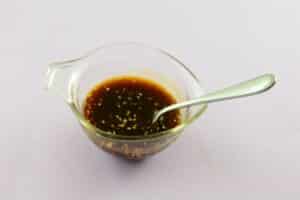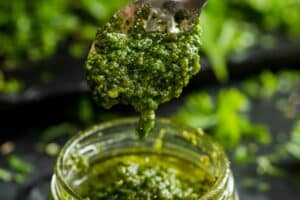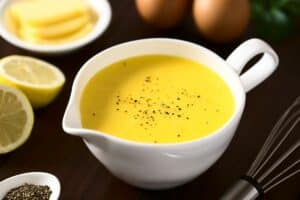Sauce, cheese, and dough. You would think that a recipe with such simple ingredients would be easy to perfect. However, pizza-enthusiasts will tell you that the ratio, variety, and preparation of these ingredients will mean the difference between a fair slice of pizza and utter garbage.
Long in the tomato sauce debate has the question of pizza sauce vs. marinara sauce remained. Is pizza sauce better just because it has the word pizza in it? What are the advantages of a marinara? Is there even a difference between the two?
This article will outline the difference between these two delicious sauces and help you choose the correct one to add to your favourite pizza recipe. Bon appetit!
Difference between Marinara and Pizza Sauce
When it comes to Pizza Sauce vs. Marinara Sauce, the main difference is consistency. Marinara is a slightly lighter sauce, while most pizza sauce has a very thick consistency. You’ll be able to tell if your sauce is a marinara by tilting your pizza before putting it in the oven. If the ingredients move slightly, the sauce is more of a marinara.
The process for making the marinara sauce is a little bit more involved as well. For good marinara, ingredients such as onion, tomato, and basil need to be slowly roasted and blended. Marinara also tends to be richer in flavour than pizza sauce.
For most pizza sauces, chefs get their ingredients from a can and puree them relatively quickly.
The marinara sauce also has a lot more diversity of purpose. While Pizza sauce has only one use (pizza), you can use marinara for pasta, dip, and pizzas as well.
What is Marinara Sauce?
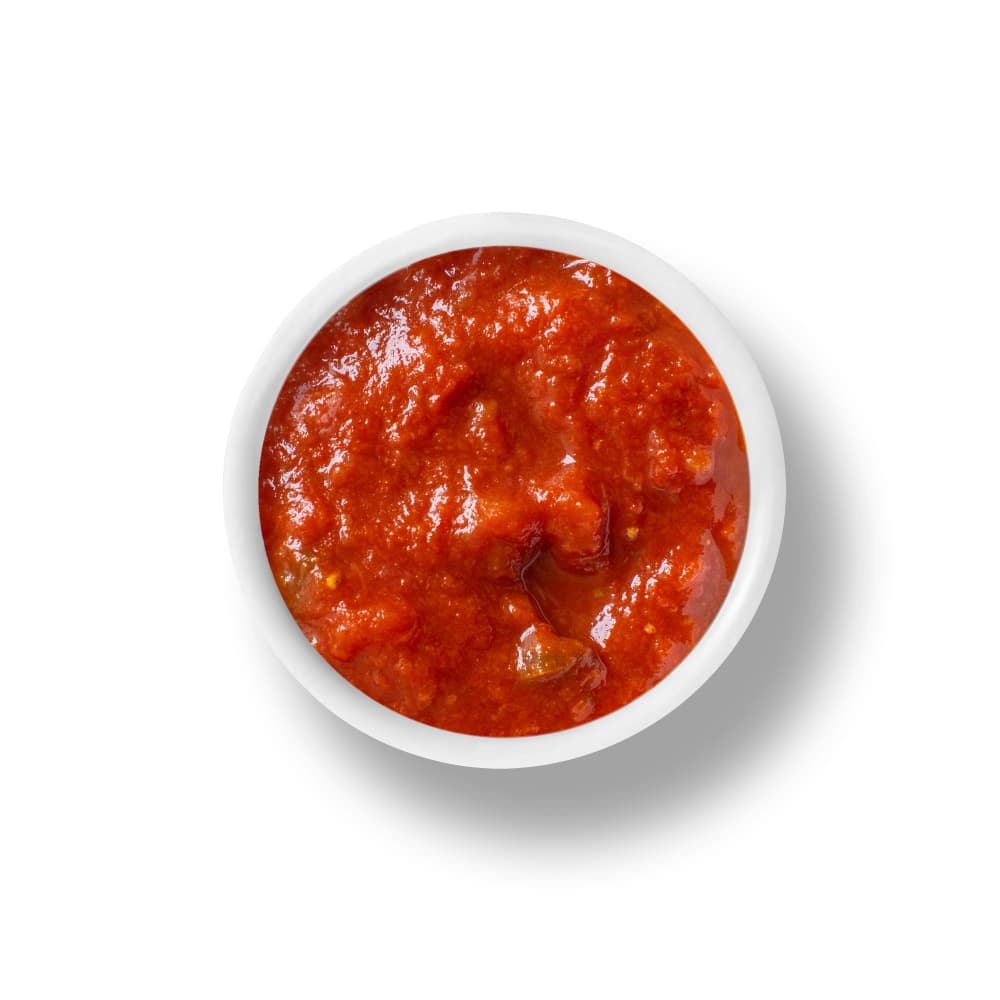
Marinara sauce’s origins can be dated all the way back to the tomato’s first arrival in Europe in the 16th century. Since then, it has become a beloved recipe not just in its home country of Italy but worldwide, especially in the United States.
One of the most common places you’ll find marinara sauce is next to a set of mozzarella sticks. The tangy and sour flavours of the sauce play well off the cheese’s milky consistency, making them the perfect combo. Almost all American restaurants that serve mozzarella sticks will also have Marinara sauce on the menu.
The original Italian recipe called “alla marinara” refers to a sauce containing tomatoes, basil, and oregano. However, you can also cook different varieties of marinara with olives, capers, and even anchovies.
Don’t confuse regular marinara sauce with spaghetti marinara. Spaghetti marinara is popular in Australia, New Zealand, Spain, and South Africa and refers to spaghetti and seafood in a tomato sauce.
What is Pizza Sauce?
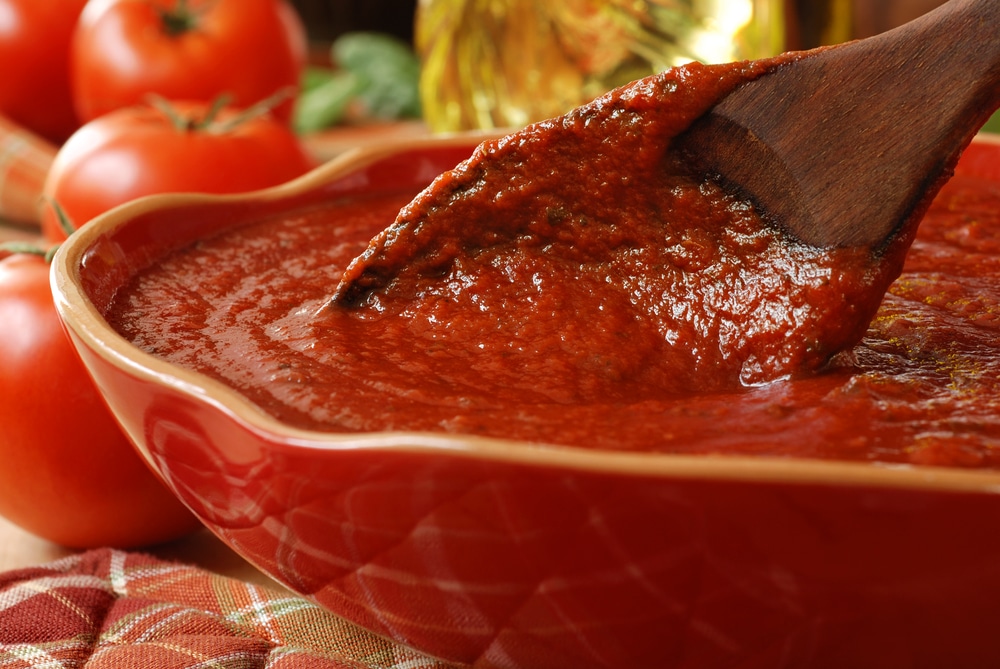
Technically, pizza sauce refers to any sauce that goes on top of a pizza. However, the term gained popularity in referring to a specific pizza sauce style that is thick in consistency and contains very few ingredients (basically just tomatoes, herbs, and salt).
The origin of pizza sauce is as old as the pizza itself. As soon as someone put pureed tomatoes on a piece of bread, pizza sauce was invented.
As many people know, Pizza was invented as a gift for King Umberto and Queen Margherita from a chef in Naples. He arranged the red tomatoes, green basil, and white cheese so that the pizza would resemble the Italian flag.
Today, when you buy “pizza sauce” at the supermarket, it will typically contain that same simplified mixture of tomatoes, salt, and herbs that we mentioned above. You can also add whatever ingredients you choose to your pizza sauce. Whether it be some crushed red pepper for a little spice or some garlic for extra flavour, additions are welcome.
Some of the biggest brands in pizza sauce production are Barilla and Panzani. Panzani has a sauce specifically for pizzas, while Barilla recommends their “Basilico” flavour for a good pizza recipe. Both companies have additional flavours for their sauces, including Bolognese, Neapolitan, Basil, and many others.
Can I use Marinara Sauce for Pizza?
In official Italian kitchens, they will make their sauce for Pizza separate from their marinara. Making pizza is very personal and unique to each restaurant, so they want to design their sauces specifically for their pizzas.
For example, a marinara sauce on a very soft pizza might not play as well, as the liquid consistency can get sucked into the dough and make it hard to taste. A crispier pizza won’t absorb as much sauce and will fare better with a marinara.
The most common place you’ll find marinara sauce on a pizza is in a home kitchen. Home chefs can use marinara for various reasons, including preferring it to pizza sauce and having only that available at their local supermarket.
If you decide to put Marinara sauce on your pizza, you will encounter a pizza with a much richer flavour. The slow cooking process for marinara makes the sauce much more complex, and this additional flavour will be evident from the first bite.
If you feel like your marinara sauce is too thin for a pizza, you can always add some tomato paste. The paste will thicken the sauce when cooked at a low temperature and prevent it from soaking into the dough.
Wrap Up
By now, you have probably realised there isn’t a massive difference when looking at pizza sauce vs. marinara sauce. If you want to find the specific details separating the two, then you’ll need to check for consistency, uses, and richness of taste. However, maybe it’s not essential to make the distinction.
Since pizza sauce is a pretty general term and marinara sauce is widely accepted as a tastier alternative, maybe we could look at marinara as a richer pizza sauce. If you make your pizza sauce at a low-temperature and simmer it, it comes out slightly thinner you might be making a marinara without even knowing it!
Overall, the choice is up to you and depends on what recipe you’re using. It doesn’t matter if it’s pizza sauce or marinara as long as it’s delicious.



